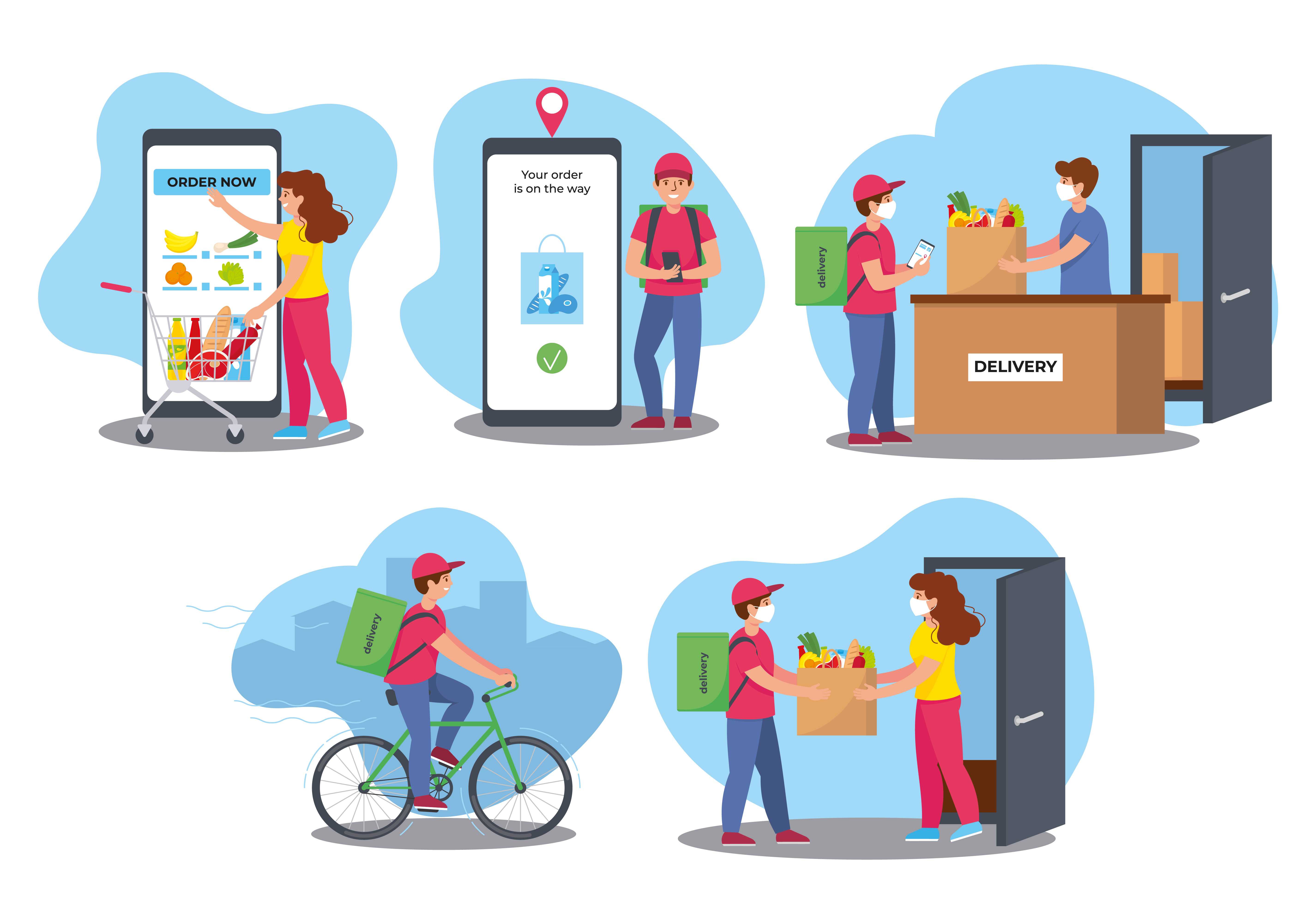The fated reopening of FMCG industries after the COVID-19 Pandemic lockdowns.
The Fast-moving consumer goods (FMCG) industry experienced a rocky but widely anticipated reopening. The majority of the global population survives on the products from the FMCG sector. Whether it is instant food or snacks, whether it is over-the-counter medicines or toiletries – almost every product modern man uses regularly at home comes from this industry.
When global lockdowns were announced, production of FMCG products halted which resulted in an unprecedented demand-supply chaos. People panic-purchased the products and the supplies rapidly dwindled. If we just look at Indian FMCG markets, only Godrej Consumer Products Ltd (GCPL) and ITC had sufficient inventories in stock to supply the market before production was halted. Based on their income groups, people started rationing how they used the products and that created the second swing, the first being when people hoarded products the moment a lockdown was announced. The effect of the products not being in the market was so significant that on 30th April 2020, Nielsen had to slash optimistic FMCG growth forecasts “by almost half to 5-6 per cent for 2020 citing adverse impact of the coronavirus pandemic.” The downward swing continued and by June, Nielsen reported how industry growth has declined by 6 per cent.
When India opened production gradually with their “Rebound, Reboot or Reinvent” plan, Hindustan Unilever Ltd (HUL) reported a “7% decline in underlying volume growth” illustrating how the consumers weren’t buying enough. Furthermore, Nielsen reports how the 13.8% growth in the FMCG sector (including ecommerce) of 2019 was a measly 6.3% this year.
What the lockdown and then the un-lockdown showed the FMCG sector was its Achilles heel – production units. If production halts due to any unforeseen circumstances, sales would completely rely on inventories. Given the perishable nature of many FMCG products, maintaining high volume inventories would be difficult. This affected the consumers during and after lockdown because the market distribution of essential products was extremely disproportional. Tier-1 cities saw regular product restocks whereas tier-3 cities had to resort to relying on homebody economy products. During lockdown, a homebody economy developed for FMCG as well as many other sectors wherein products were delivered to the doorstep via ecommerce giants or businesses that were providing the ‘doorstep delivery’ option. This saw FMCG franchise stores take hits not just from the lockdown but also from the reopening because once you get used to having routine products delivered to your doorstep at a discount, you’ll definitely not want to go, stand in queues, and physically buy the products, especially in the midst of a pandemic.
During the lockdown, labour movements through the shopfloors were restricted and there were, still are heightened safety precautions in place. This has spiked up the time and cost of production. In many factories, the production areas of the plant or warehouse are being revamped to allow social distancing and storage. Additionally, since May, companies have started re-establishing the supply chain. All this costed a lot of money which fell on the product price. Governments are currently providing bailout packages to enable companies to breakeven thereby allowing the demand-supply equation to balance out. But this has created two types of consumer trends.
Fearing the second wave, the reopening saw consumers who were financially unaffected by the lockdown shift to a bulk-buying mode. Then we have consumers who were financially affected and/or debilitated by the lockdown. Those who can afford to buy are only acquiring the necessary supplies and the others are relying on food banks and governmental aid. An interesting trend to emerge out of this was the trend of necessity. If the consumers were given a chance to pick between Off brand salt and no salt, they picked the former. Those who are financially crippled are picking necessity and safety over brand name and quality; bailout package or not.
This trend of buying local products is being encouraged by governments as the purchases help stabilise the economy of the region. FMCG products are affected by these purchases. Under normal circumstances, FMCG companies could have ran ads to boost sales. However, most ad campaigns were shot and in post-production around February. A lot of resources were already spent in designing these campaigns for 2020. New campaigns had to be shot overnight via a shift to technology. This led to brands having to rebrand and reinvent their images in the face of a pandemic. Many companies have lost or gained consumers due to the haste thereby creating another swing.
That’s how we define consumer reopening trends for the FMCG sector – a swinging pendulum. It teetered to the extremes on individual occasions; once when people purchased in bulk and once when people started buying products online and from local stores. According to most forecasts, given the convenience of FMCG products, it seems like the consumer trends will return to normal by 2021.



You may also like

Ethics in Healthcare Research: Protecting Your Privacy and Opinions

The Future of Voice Surveys: Will We Be Talking to Our Devices to Complete Surveys?

How Your Opinions Shape A Brand’s Services and Its Performance in the Market

The Role of The Respondent Community in Your Survey Journey

Copyright © 2025-2026 Track Opinion. all rights reserved.



